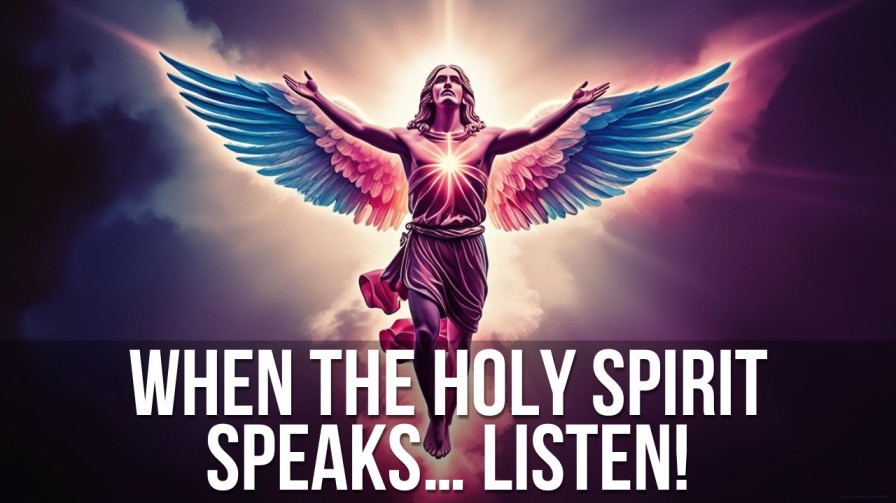The Last Supper, the final meal Jesus shared with his twelve disciples, is one of the most significant events in the New Testament. This historic gathering, which took place on the eve of Jesus’ crucifixion, holds profound meaning for Christians around the world. As we delve into the details of Jesus’ final meal with his disciples, we will explore the biblical account, the cultural and historical context, and the symbolic significance of this pivotal event in Christian history.
The Biblical Account of the Last Supper
The Last Supper is recorded in all four Gospels: Matthew, Mark, Luke, and John. According to the biblical account, Jesus and his disciples gathered in an upper room in Jerusalem to celebrate the Passover, a Jewish holiday commemorating the Israelites’ liberation from slavery in Egypt. Jesus, aware of his impending betrayal and crucifixion, used this opportunity to institute the Lord’s Supper, also known as Holy Communion or the Eucharist. During the meal, Jesus took bread, broke it, and gave it to his disciples, saying, “This is my body, which is given for you. Do this in remembrance of me.” He also took a cup of wine, saying, “This cup is the new covenant in my blood, which is shed for you.”
Cultural and Historical Context
To fully understand the significance of the Last Supper, it is essential to consider the cultural and historical context in which it took place. In ancient Jewish tradition, the Passover meal was a time for families and friends to come together, sharing a meal and recounting the story of the Israelites’ deliverance from slavery. The Last Supper, however, was not just a traditional Passover meal; it was a pivotal moment in Jesus’ ministry, marking the transition from the old covenant to the new covenant. Jesus, as the Lamb of God, was about to sacrifice himself for the sins of humanity, establishing a new relationship between God and his people.
Symbolism of the Last Supper
The Last Supper is rich in symbolism, with various elements of the meal holding deep meaning for Christians. Some of the key symbols include:
* The bread, representing Jesus’ body, broken for the sins of humanity
* The wine, symbolizing Jesus’ blood, shed for the redemption of humanity
* The Passover, representing the liberation of humanity from the bondage of sin
* The upper room, representing the intimacy and closeness of Jesus’ relationship with his disciples
* The twelve apostles, representing the foundation of the Christian church
The Significance of the Last Supper in Christian Tradition
The Last Supper has played a central role in Christian tradition, shaping the theology, worship, and practices of the church. The institution of the Lord’s Supper, in particular, has been a cornerstone of Christian worship, with many denominations observing Holy Communion or the Eucharist as a regular part of their worship services. The Last Supper has also inspired countless works of art, literature, and music, from Leonardo da Vinci’s famous painting to modern retellings and reinterpretations.
Artistic and Cultural Representations
The Last Supper has been a popular subject in art, literature, and music, with many famous works inspired by this pivotal event. Some notable examples include:
* Leonardo da Vinci’s “The Last Supper,” a masterpiece of Renaissance art
* Salvador Dali’s “The Last Supper,” a surrealist interpretation of the event
* Andrew Lloyd Webber’s “Jesus Christ Superstar,” a musical retelling of Jesus’ life and death
* Mel Gibson’s “The Passion of the Christ,” a film depicting the events leading up to Jesus’ crucifixion
Personal and Spiritual Significance
For many Christians, the Last Supper holds deep personal and spiritual significance, representing a profound moment of intimacy and connection with Jesus. As we reflect on the events of the Last Supper, we are reminded of the sacrifice Jesus made for us, the love he showed his disciples, and the promise of eternal life he offered to all who believe in him. The Last Supper also serves as a powerful reminder of the importance of community, fellowship, and worship, encouraging us to gather together, share in the Lord’s Supper, and deepen our relationship with God.
Common Misconceptions and FAQs
As we explore the significance of the Last Supper, it is essential to address some common misconceptions and answer frequently asked questions. Here are a few:
* Q: What was the exact date of the Last Supper?
A: The exact date is not known, but it is believed to have taken place on the evening of Wednesday or Thursday of Holy Week.
* Q: Who was present at the Last Supper?
A: Jesus and his twelve apostles, including Peter, John, and Judas Iscariot, were present.
* Q: What was the significance of the bread and wine?
A: The bread and wine represented Jesus’ body and blood, respectively, and were used to institute the Lord’s Supper.
* Q: Is the Last Supper still observed today?
A: Yes, many Christian denominations observe the Lord’s Supper or Holy Communion as a regular part of their worship services.
In conclusion, the Last Supper was a pivotal moment in Christian history, marking the transition from the old covenant to the new covenant and establishing the institution of the Lord’s Supper. As we reflect on the biblical account, cultural and historical context, and symbolic significance of this event, we are reminded of the profound love and sacrifice Jesus showed his disciples and the world. Whether you are a lifelong Christian or simply interested in learning more about this significant event, we invite you to explore the rich history and symbolism of the Last Supper, deepening your understanding and connection with Jesus and the Christian faith. Take a moment to reflect on the personal and spiritual significance of the Last Supper, and consider how you can apply the lessons of love, sacrifice, and community to your own life and relationships.
